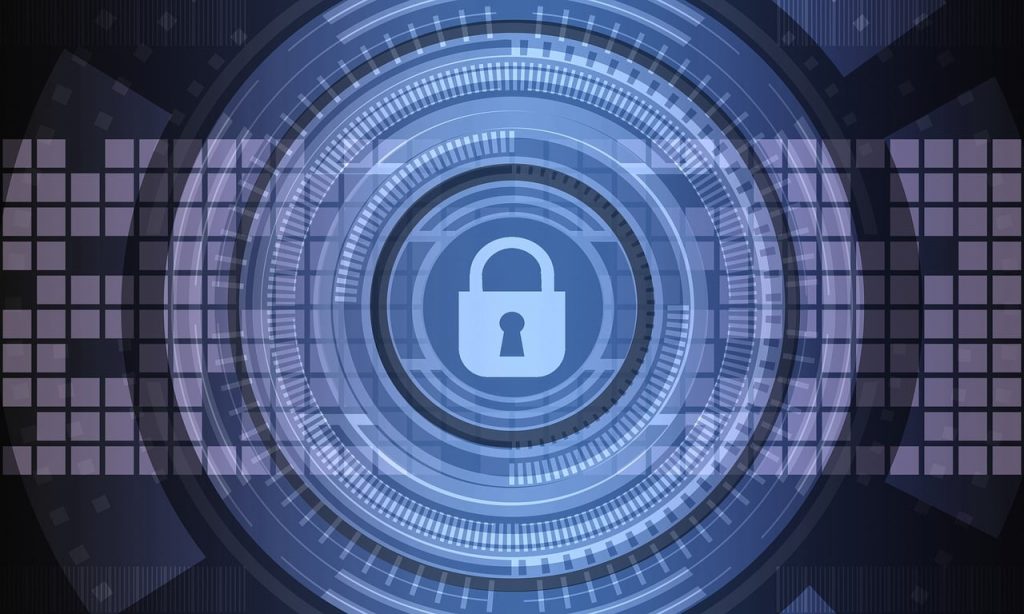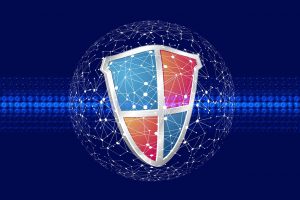Creating Strong Passwords and Managing Them Securely

Passwords have become an indispensable part of our digital lives. We use them to access our email, bank accounts, social media, and more. With so much personal information protected by passwords, it’s critical that internet users utilize strong passwords and manage them properly. This essay will examine strategies for creating secure passwords, best practices for organizing and storing passwords, and methods for handling compromised credentials.
Creating Strong Passwords
The first step in password security is using hard-to-guess passwords that would be difficult for hackers or password cracking software to decipher. Unfortunately, many internet users continue to rely on common, predictable passwords like “password” or “123456.” According to SplashData’s list of the worst passwords of 2021, the top 25 most commonly used passwords could be cracked in less than one second. To thwart cybercriminals, passwords need to be complex and unique.
When creating a password, aim for length over complexity. The National Institute of Standards and Technology (NIST) recommends passwords be at least 8 characters long, preferably 12-14 characters or longer. Randomly generated passwords are best, but if creating a password yourself, mix uppercase and lowercase letters, numbers, and symbols. Avoid personal information like names, birthdates, or dictionary words. Passphrases using multiple words are an alternative to traditional passwords. For example, “CatTreeHouse7!” is far more secure than “password.”
Another password tip is to avoid repetition across accounts. Using the same password everywhere makes you vulnerable if one account is compromised. Every account should have its own unique password. To keep track of different passwords, consider using a password manager, which will be discussed more in the next section.
One of the most important steps in password hygiene is enabling multi-factor authentication (MFA) wherever possible. MFA requires users to confirm their identity through more than just a password, typically by verifying through a code sent to their smartphone or email. Even a strong, complex password can eventually be compromised, so adding MFA provides an extra layer of account security.
Organizing and Storing Passwords
With unique passwords for every account, internet users need an effective system for organizing and storing their credentials. Sticky notes, spreadsheets, and text documents containing passwords should be avoided, as they can be easily accessed by anyone with physical or remote access to your devices.
A better option is using a password manager: specialized software that securely stores passwords in an encrypted virtual vault. Password managers generate strong, random passwords for each account. The best password managers, like 1Password, LastPass, and Dashlane, offer features like auto-fill on websites, password sharing, and cross-platform syncing. Relying on a password manager eliminates the need to manually enter credentials.
When choosing a password manager, look for two-factor authentication, zero-knowledge encryption, and a master password to access your virtual vault. Only download managers from trusted, reputable sources. While password managers provide convenience, be careful not to become too reliant. If you lose access to your master password, you could be locked out of all your accounts. Maintaining a sealed hard copy of your passwords in a secure location can serve as an offline backup.
Regularly change passwords for your most sensitive accounts, including email, banking, and social media. Security experts typically recommend changing passwords every 90 days, or immediately in the event of a breach related to the account or service. Monitor your accounts for suspicious activity indicating a possible breach.
Never share account passwords with other people, unless absolutely essential. Cybercriminals routinely attempt to trick users into revealing credentials through phishing emails and fraudulent websites. Use extreme caution when entering login credentials on any sites or links sent to you unsolicited.
Handling Compromised Credentials
Even with excellent password hygiene, credentials still occasionally become compromised. Hacks, breaches, malware, and simple password leaks can put your accounts in jeopardy. When this occurs, take swift action to secure your accounts and mitigate risks.
The first step is changing the compromised password immediately across any accounts that used it. If the breach is related to a particular site or service, change passwords for associated accounts as well. Enable two-factor authentication wherever possible for additional protection.
Carefully monitor compromised accounts over the next several months for fraudulent activity. Review account statements and transactions regularly. Be alert for any unrecognized logins or password reset emails.
In serious breaches resulting in extensive password leaks, consider signing up for a credit monitoring service to detect suspicious credit inquiries or accounts opened in your name. Place a fraud alert or credit freeze with the major credit bureaus.
Analyze the circumstances of the breach to prevent future incidents. Were you a victim of phishing or did you accidentally reuse a password? Improve password hygiene by only using unique, complex credentials for each account. Stay vigilant against phishing attempts.
In some cases, you may need to take legal action if your identity is stolen as a result of a major password breach. File a report with the FTC or FBI and dispute any fraudulent transactions with banks or credit card companies. Consider contacting a cybersecurity lawyer to discuss options for recovering losses and holding negligent parties accountable.
Robust password policies and vaults may seem tedious, but exemplary password hygiene is a fundamental pillar of personal cybersecurity. As cyberattacks become increasingly sophisticated, taking steps to lock down your digital assets is more critical than ever. Complex and unique passwords, secured in a password manager, provide a strong defense against unauthorized access. Combining solid passwords with vigilance against phishing and swift responses to breaches will help internet users protect their sensitive information from constantly lurking threats.







